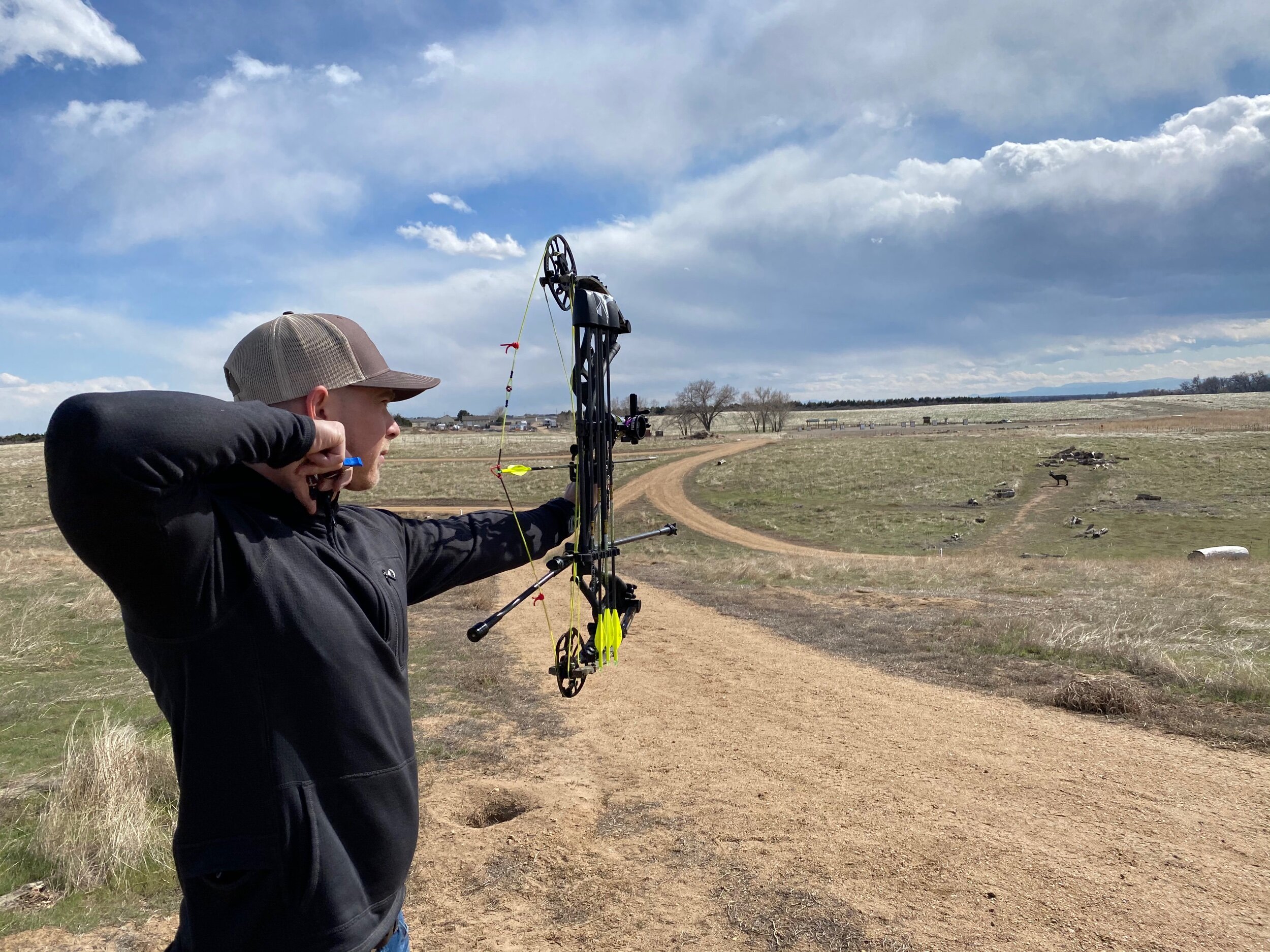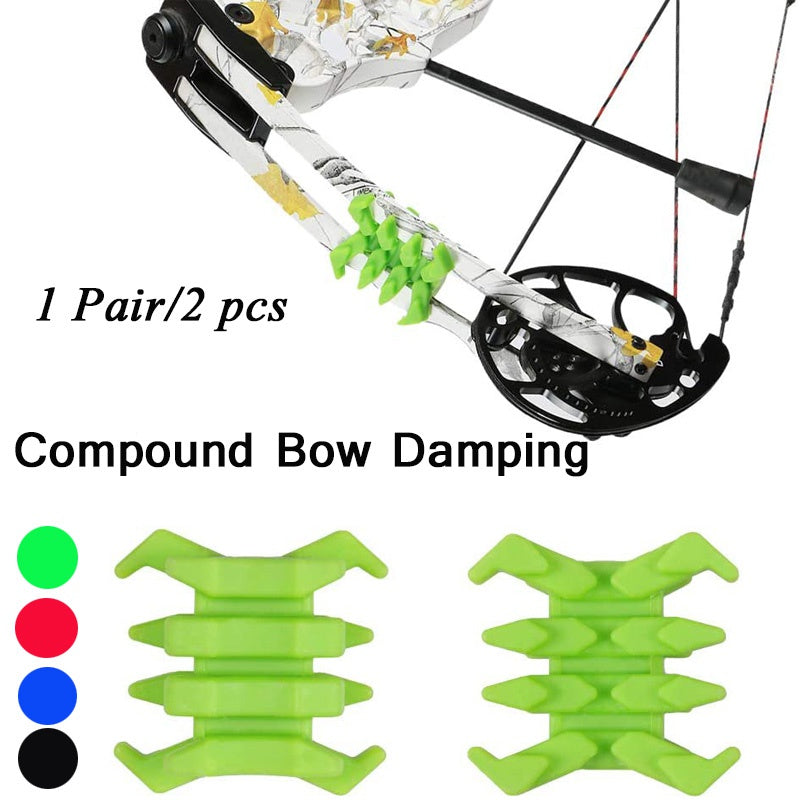Bow Stabilizer : Your Ultimate Guide to Improved Archery Accuracy
Bow Stabilizer : Your Ultimate Guide to Improved Archery Accuracy
Blog Article
Maximize Your Archery Precision With These Bow Stabilizer Strategies
One critical element that can substantially impact your performance is the proper application of bow stabilizers. Whether you are an experienced archer looking to refine your abilities or a novice eager to improve your precision, mastering these bow stabilizer techniques might be the trick to striking your mark with exceptional consistency.
Advantages of Utilizing Bow Stabilizers
Making use of bow stabilizers can substantially boost an archer's accuracy and total performance by reducing bow torque and vibration. Furthermore, bow stabilizers dampen resonance, which not only boosts the comfort of shooting but likewise avoids the bow from jumping upon launch, therefore aiding in preserving correct aim.
Moreover, bow stabilizers can assist in holding the bow steady, especially during windy problems or when shooting from longer ranges. The included weight at the front of the bow gives security and equilibrium, permitting the archer to concentrate on aiming without the disturbance of bow movement. Generally, the benefits of making use of bow stabilizers prolong past simply precision, improving the archer's experience and performance in various shooting circumstances.
Selecting the Right Bow Stabilizer
Selecting the proper bow stabilizer is essential for enhancing your archery tools and boosting shooting performance. When choosing a bow stabilizer, there are a number of aspects to consider to guarantee you locate the ideal fit for your requirements. To start with, consider the weight of the stabilizer. Much heavier stabilizers can assist lower bow torque and take in more vibration, leading to a steadier aim. However, lighter stabilizers supply more maneuverability, which can be advantageous in particular shooting scenarios.

Lastly, think about the design of the stabilizer. Some stabilizers include flexible weights or dampeners that enable you to tailor the balance and feeling of your bow. Eventually, choosing the right bow stabilizer includes discovering a balance in between weight, style, size, and product to improve your capturing precision and overall performance.
Correct Installation Strategies
To ensure optimal performance and safety in archery, mastering proper installation methods for your bow stabilizer is basics essential. The first step in installing a bow stabilizer is to identify the right positioning on your bow.
Next, safely connect the stabilizer to the bow using the ideal mounting equipment. Some stabilizers come with adjustable weights that can be included or eliminated to make improvements the equilibrium of your bow.

Adjusting Stabilizer Weight and Length
After making sure the correct setup of your bow stabilizer, the next action involves readjusting the weight and size to optimize its efficiency in improving archery accuracy. The weight of the stabilizer plays a critical duty in reducing bow motion throughout the shot cycle. Including weight to the stabilizer can aid visit our website enhance and wet vibrations security, causing more regular and precise shots. On the other hand, decreasing the weight can boost maneuverability, which is valuable for circumstances needing quick target procurement.
When it concerns stabilizer length, discovering the right balance is vital. A longer stabilizer can supply better stability by enhancing the range between the bow and the weight at the end of the stabilizer. This added range enhances the supporting effect, particularly in windy conditions or when contending longer ranges. Alternatively, a shorter stabilizer offers more ability to move and may be favored by archers who value dexterity and quick movements during shooting.
Advanced Stabilizer Tuning Tips
Attaining optimal bow security and accuracy in archery requires a nuanced technique to advanced stabilizer adjusting. Advanced stabilizer tuning includes fine-tuning numerous parts to enhance the bow's equilibrium, lower vibration, and enhance overall accuracy.
One more critical element of advanced stabilizer adjusting is maximizing the damping homes of the stabilizer system. This can be accomplished by integrating extra wetting accessories such as rubber dampeners or harmonic stabilizers to additionally reduce resonance and sound. Exploring various products for the stabilizer construction, such their website as carbon fiber or aluminum, can likewise influence the bow's performance by modifying its weight distribution and stiffness. By carefully adjust these advanced stabilizer elements, archers can maximize their precision and consistency on the range or in competitors.
Verdict
In verdict, optimizing archery accuracy can be achieved with the correct option, setup, and change of bow stabilizers. On the whole, including bow stabilizers right into archery technique can lead to improved efficiency and boosted accuracy.
Utilizing bow stabilizers can dramatically improve an archer's precision and total efficiency by reducing bow torque and resonance. Longer stabilizers supply greater stability and balance, specifically for long-distance capturing, while shorter stabilizers offer more versatility and are simpler to steer in tight spaces (bow stabilizer). Carbon fiber stabilizers are resilient and lightweight, while aluminum stabilizers are durable and supply excellent resonance moistening
A longer stabilizer can give higher stability by enhancing the range between the bow and the weight at the end of the stabilizer.An additional critical facet of sophisticated stabilizer tuning is optimizing the damping properties of the stabilizer system.
Report this page